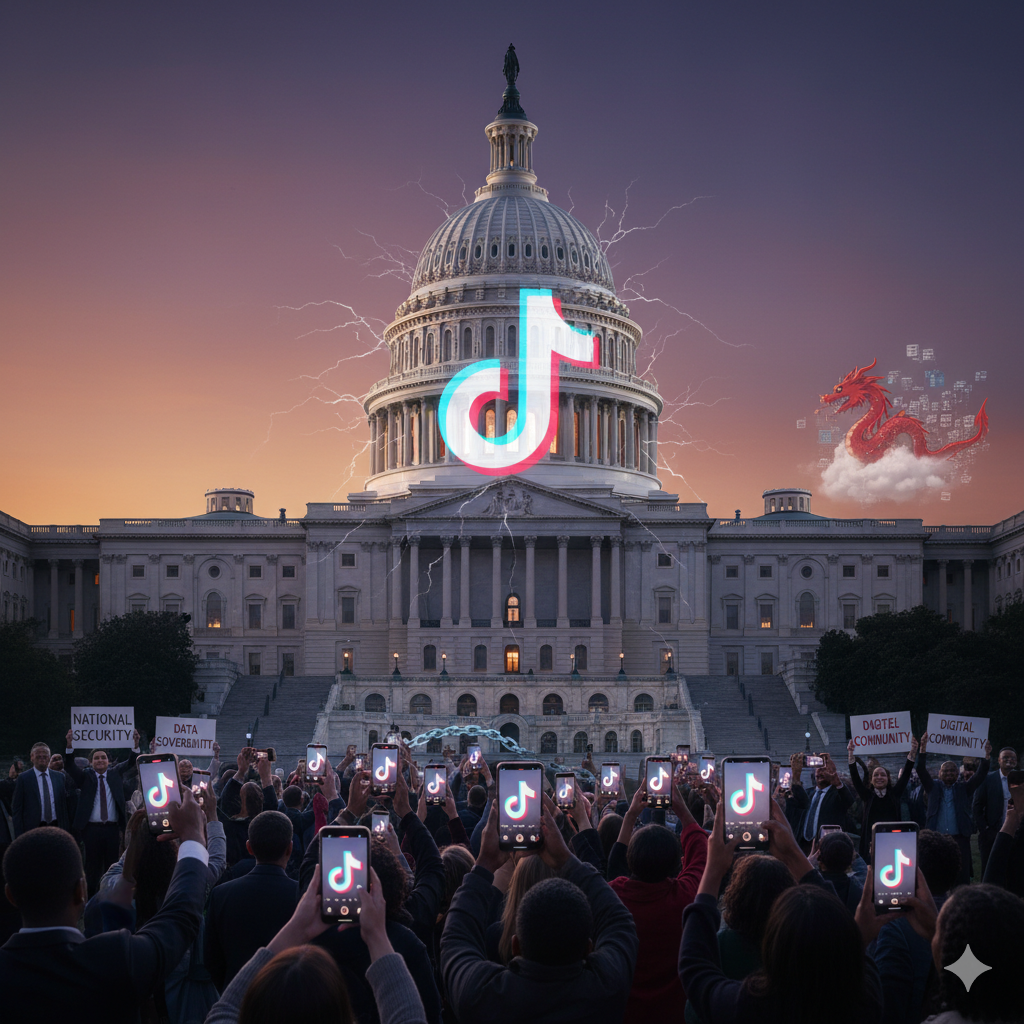Here are key problems with relying heavily on solar energy, particularly when facing a dominant manufacturing bloc like BRICS:
- The BRICS’ Leverage (Supply Chain Manipulation): With BRICS, and overwhelmingly China, controlling over 80% of all solar panel manufacturing stages (and nearing 95% for crucial upstream components like polysilicon and wafers), they hold immense leverage. They can strategically restrict the export of panels, components, or raw materials, effectively throttling another nation’s ability to build, maintain, or repair its solar infrastructure. This creates a powerful tool for geopolitical pressure.
- Cost Competitiveness (Exploitable Dependency): China is the most cost-competitive location for manufacturing all solar PV components due to massive state investment and economies of scale. This makes it difficult for other nations to establish their own fully competitive domestic supply chains. BRICS could exploit this by manipulating prices—either by gouging during periods of high demand or undercutting nascent industries in other countries to maintain their dominance, making a dependent nation’s solar ambitions economically unviable or perpetually reliant.
- Quality Control Weaponization (Undermining Reliability): Given their control over manufacturing, BRICS nations could, in a conflict scenario, subtly degrade the quality or introduce hidden flaws (hardware or software backdoors) into solar components destined for adversaries. This could lead to premature failures, reduced efficiency, increased maintenance burdens, and a general loss of faith in the reliability of solar infrastructure, all while being difficult to detect upfront.
- Trade Vulnerability (Economic Weak Point): Heavy reliance on imported solar panels and components makes a nation’s currency and economy susceptible. Any devaluation of the importing nation’s currency would drastically increase the cost of these essential goods. Furthermore, the dominant bloc could impose targeted tariffs or engage in other trade actions that specifically penalize the solar sector of a rival, exploiting this dependency. The US, for instance, imported eight times the solar modules it manufactured in 2023, showcasing this vulnerability.
- Investment Chill (Perceived Risk): The clear and present risk of supply chain disruption, price manipulation, or sabotage by a dominant, potentially adversarial, manufacturing bloc would create significant uncertainty. This “investment chill” would deter both domestic and foreign investment in the solar sector of the vulnerable nation. Investors would be wary of committing capital to projects that could be easily undermined by geopolitical factors beyond their control, thus slowing down the transition to solar energy and reinforcing reliance on the dominant bloc or other energy sources.




